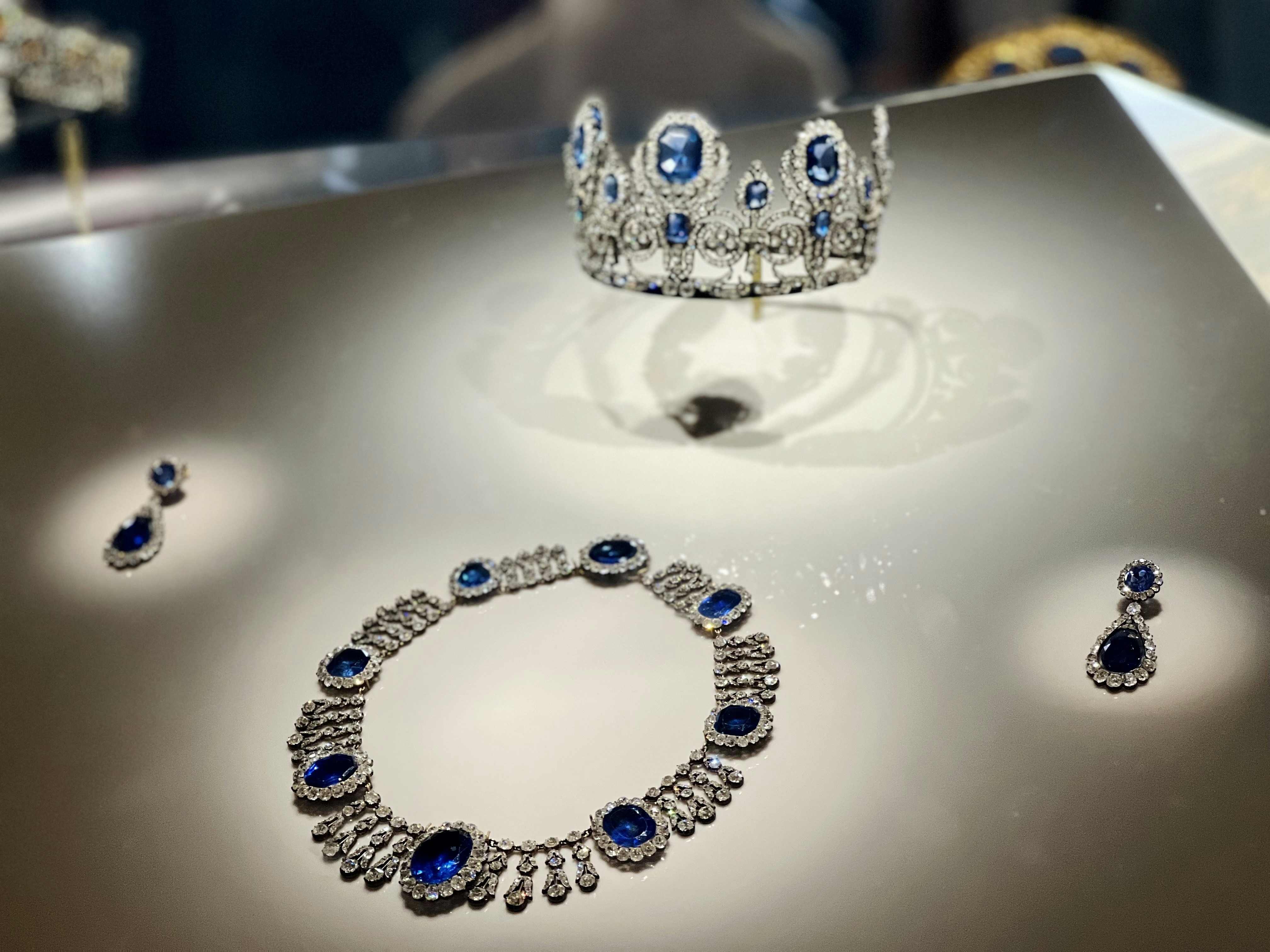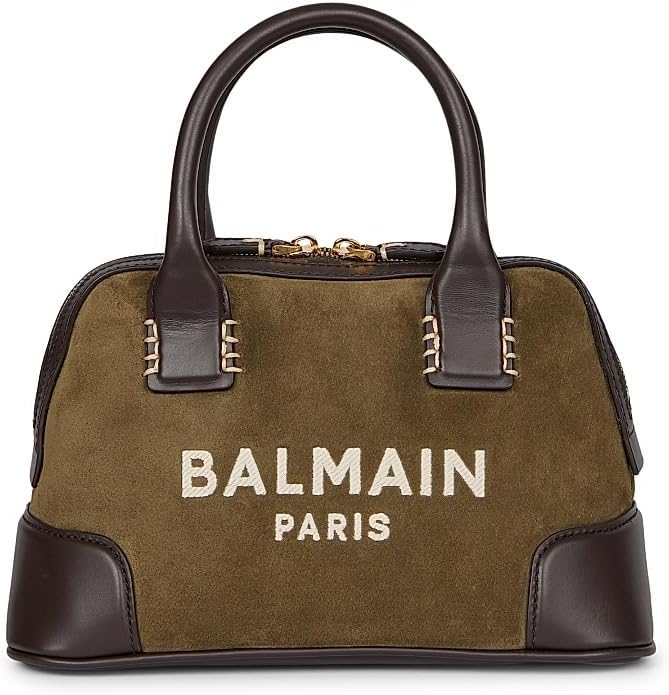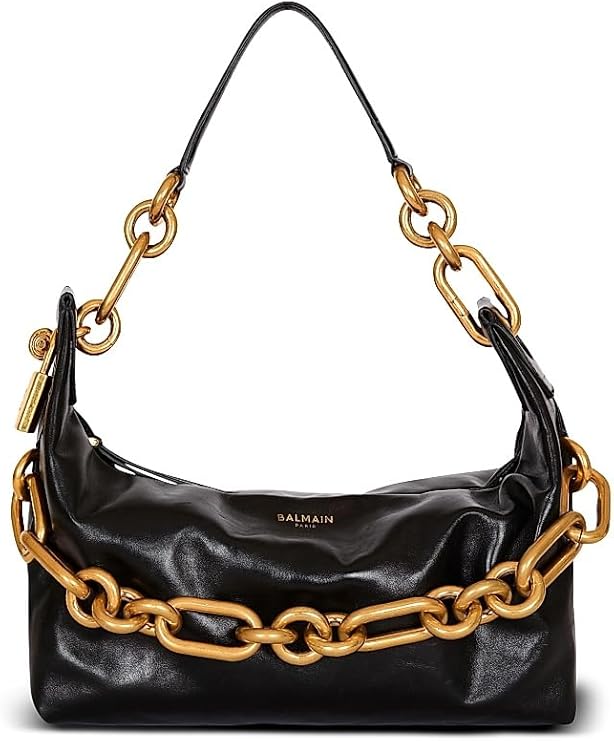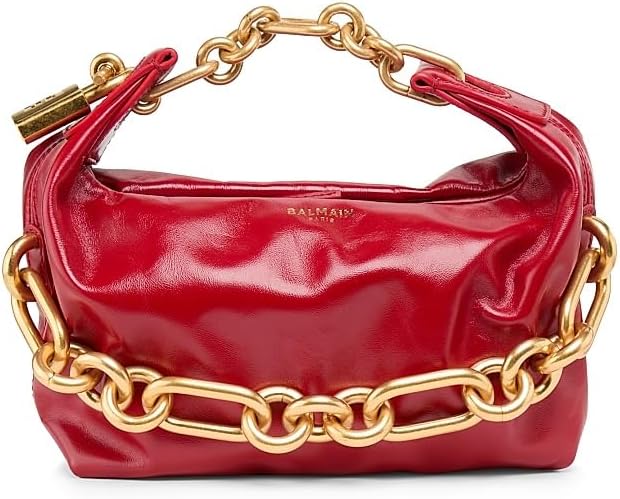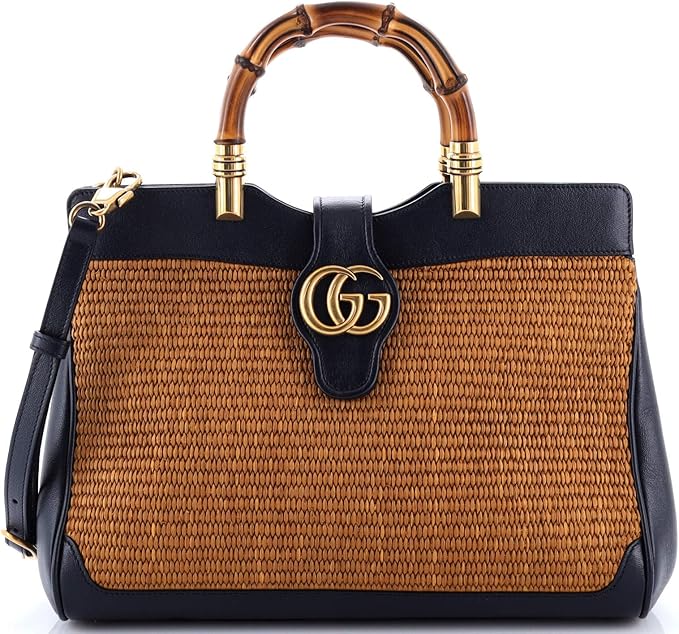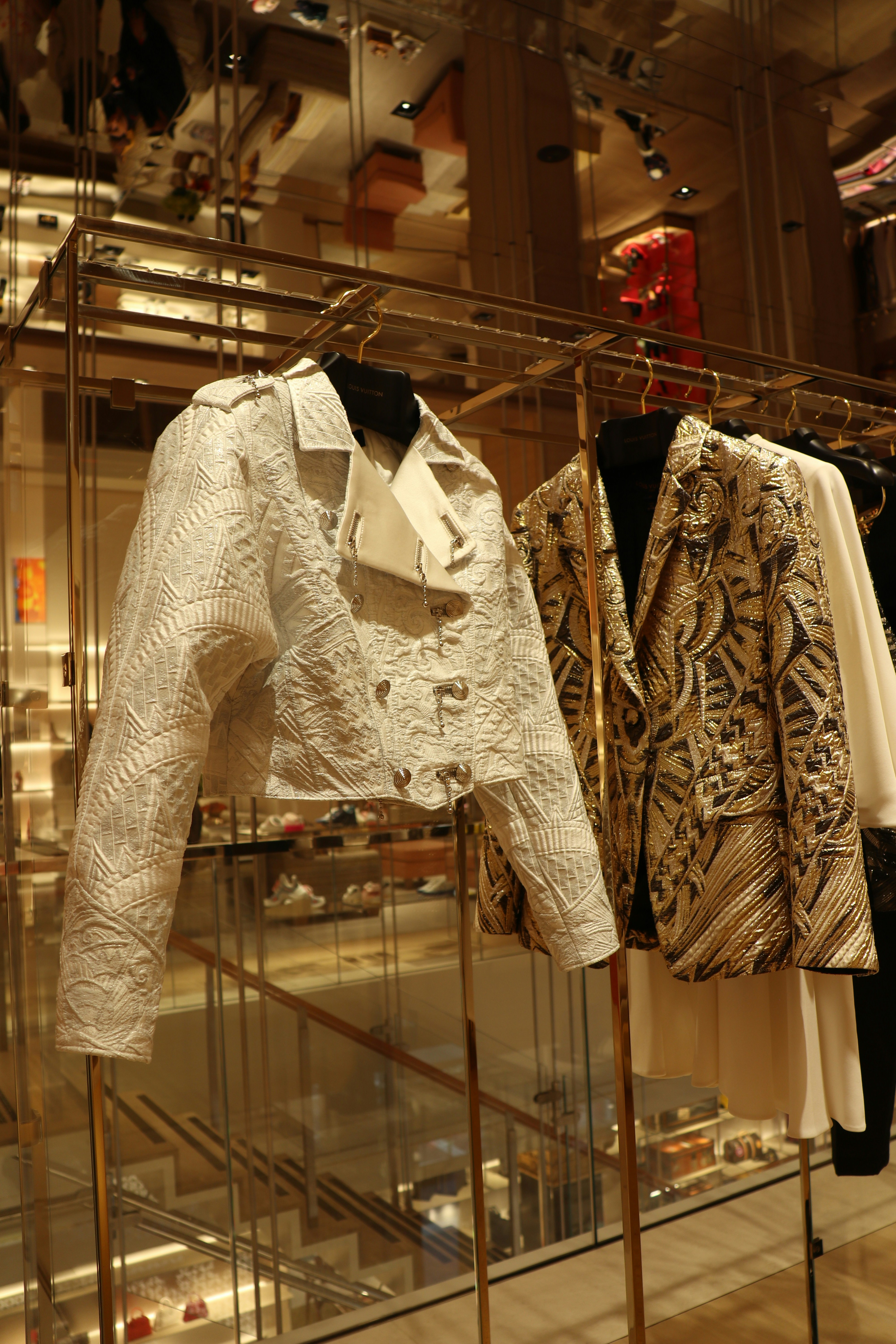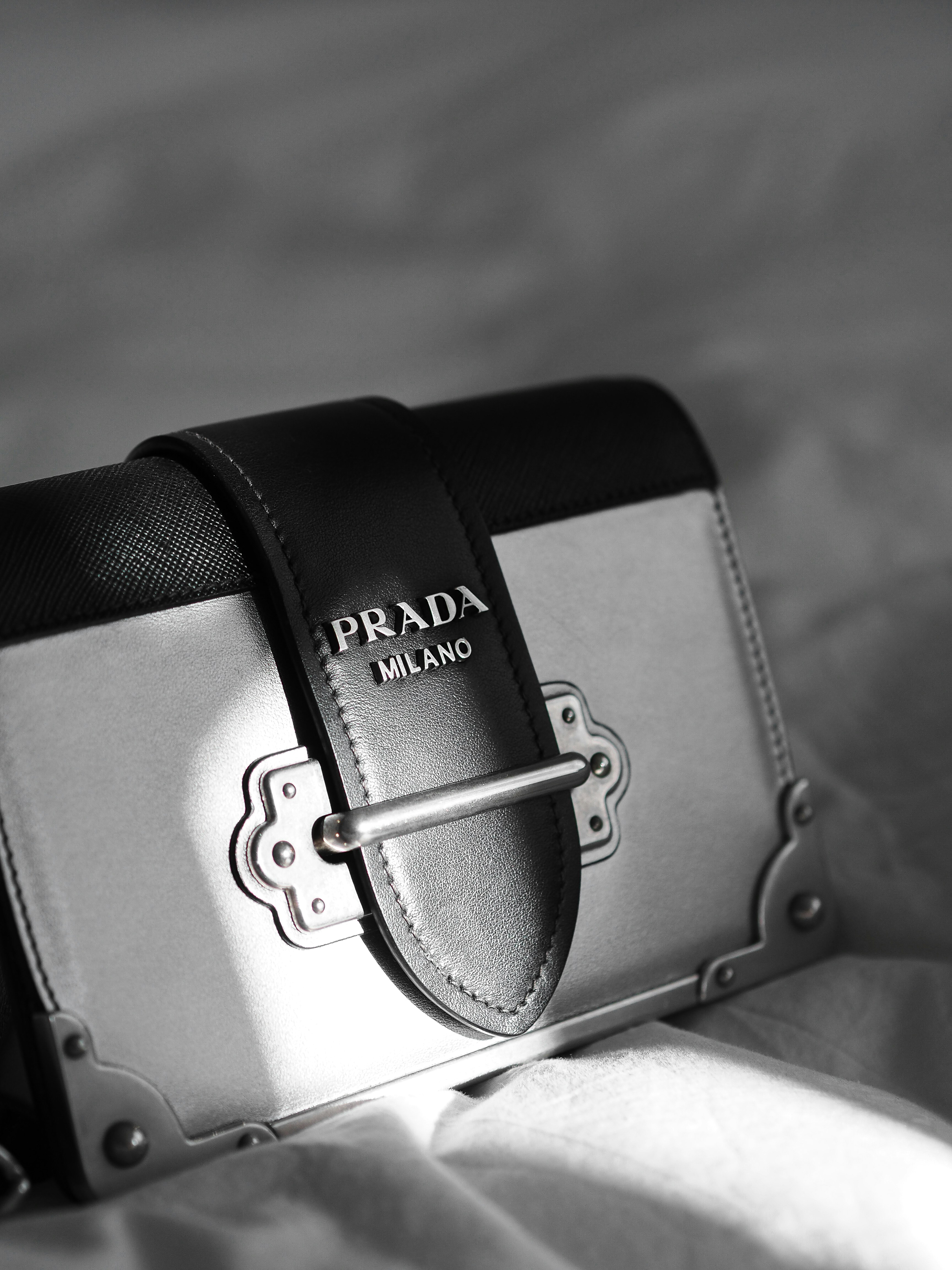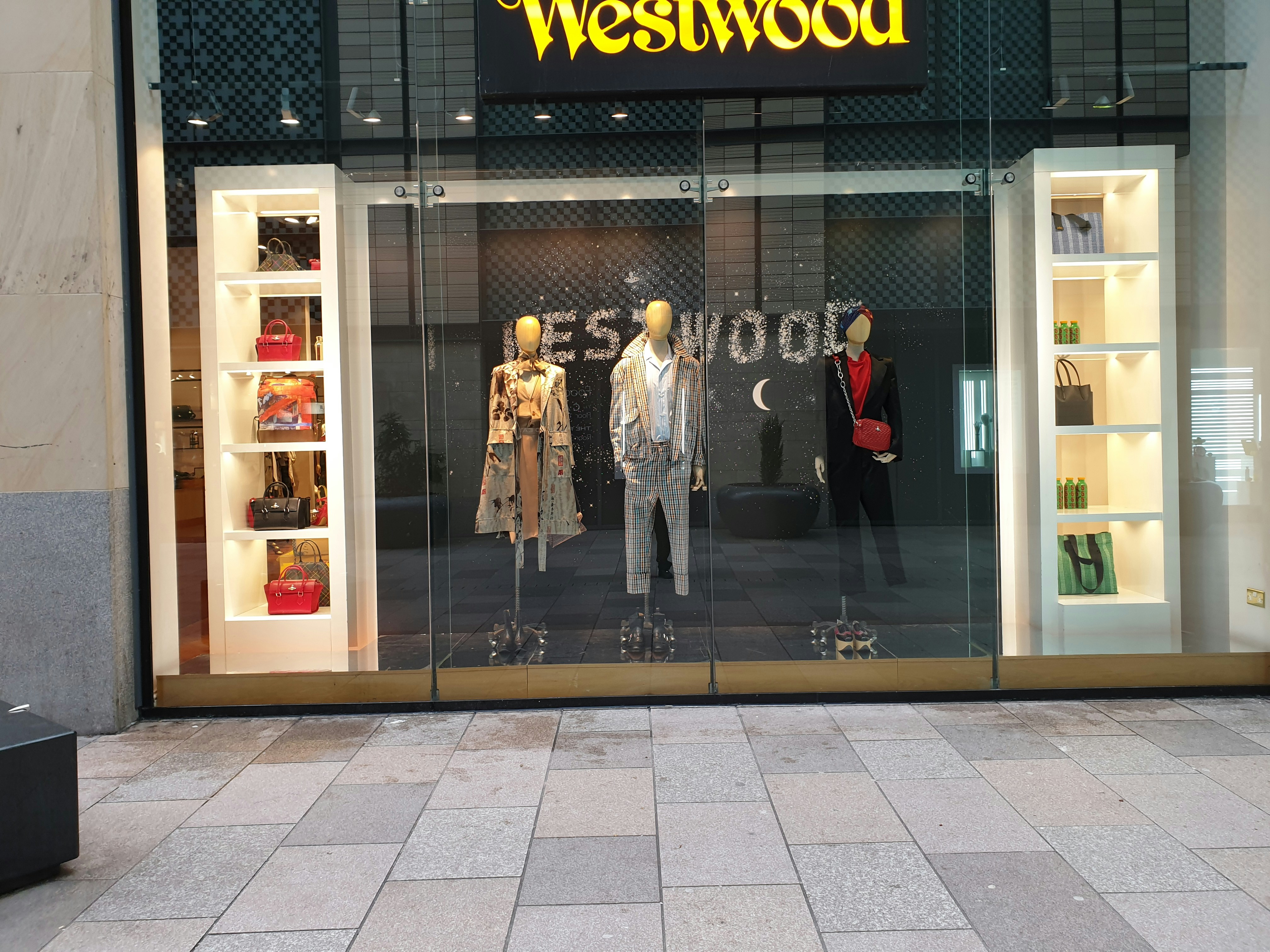The foundation of Fabergé in 1842 was a turning point in the world of luxury jewelry. Founded by Peter Carl Fabergé in St. Petersburg, Russia, the jewelry house quickly distinguished itself through its exceptional craftsmanship and unique design ethos. Fabergé’s background as the son of a jeweler deeply influenced his passion and vision, allowing him to blend traditional techniques with imaginative artistry, thus marking the beginning of a legacy that would captivate collectors and connoisseurs alike.
In its early years, the company’s growth was significantly propelled by the patronage of the Russian imperial family. Fabergé was designated as the official jeweler to the court of Tsar Alexander III, which not only amplified his standing but also solidified his commitment to producing extraordinary pieces. The relationship with the imperial family culminated in the creation of the famed Fabergé eggs, which exemplified the splendor and ingenuity that characterized his work.
The hallmark of Fabergé’s creations was the meticulous attention to detail and the application of luxurious materials. Each piece was crafted with an unparalleled level of precision, showcasing intricate designs that often incorporated precious gemstones and innovative techniques. Fabergé’s artisans employed traditional methods such as enamel work and stone carving, which contributed to the overall elegance and uniqueness of their jewelry. The brand’s dedication to quality and artistry established a high standard in the realm of fine jewelry, making Fabergé synonymous with luxury.
Throughout its evolution, Fabergé became a symbol of Russian craftsmanship, embodying a tradition of elegance and opulence. The integration of cultural influences from both European and Russian art traditions resulted in pieces that were not only visually striking but also rich in historical significance, deepening the legacy of luxury that Fabergé continues to represent today.
The Iconic Fabergé Eggs: A Symbol of Opulence
The Fabergé eggs stand as an enduring symbol of opulence and artistic excellence, illuminating the heights of Russian craftsmanship. Commissioned by Tsar Alexander III for his wife, Empress Maria Feodorovna, these exquisite pieces first emerged in 1885 and quickly became emblematic of the imperial family’s wealth and taste. Each egg was not only a lavish gift but also a canvas for artistic expression, crafted to perfection by the skilled artisans at the House of Fabergé.
There are a total of 50 known Imperial Fabergé Eggs, each with its own unique history and artistic features. The First Imperial Egg, crafted in 1885, encapsulates the spirit of this tradition. Enclosed in a delicate white enameled shell, this egg reveals a miniature golden chicken and a ruby egg within. This remarkable design exemplifies the intricate craftsmanship and creative ingenuity that Fabergé artisans employed. Each subsequent egg, including the Winter Egg of 1913, showcases an array of unique themes and intricate designs, often embellished with rare gemstones and precious metals that highlight the finest elements of luxury.
One of the defining characteristics of the Fabergé eggs lies in their meticulous craftsmanship. Artisans utilized advanced techniques such as guilloché, a method of engraving that creates intricate patterns on metal surfaces, and opaque enamel, which provides a vibrant and deep coloration to the eggs. The use of high-profile gemstones—such as diamonds, rubies, and sapphires—further enhanced these pieces, transforming them into treasures that encapsulated the very essence of elegance. Each egg not only served as a decorative piece but also told a story, reflecting the history, culture, and artistry of Russia during the imperial era, ultimately earning a rightful place in the annals of art history.
Craftsmanship in Fabergé Jewelry: The Art Behind the Pieces
The craftsmanship exhibited in Fabergé jewelry represents a pinnacle of artistry and skill, characterized by meticulous attention to detail and an array of intricate techniques. Renowned for their remarkable quality, Fabergé pieces often reflect a seamless blend of traditional methods and innovative approaches that cater to the discerning tastes of collectors and connoisseurs alike. Each creation is the result of tireless dedication by skilled artisans who are not only craftsmen but also embody masters of their trade.
These artisans utilized a variety of materials, including precious metals such as gold and platinum, which provide both durability and a luxurious aesthetic. Accompanying these metals are exquisite gemstones, which elevate the pieces to new heights of beauty. Diamonds, rubies, emeralds, and sapphires are often meticulously set to create awe-inspiring designs that catch the light and captivate the beholder. The combination of these materials showcases not only the skill of the creators but also the rich resources available in Russia, where Fabergé jewelry originated.
The artistic traditions of Russia have played a significant role in shaping Fabergé’s designs. Inspired by the deep cultural heritage and historical motifs, the jewelry reflects an appreciation for the intricate patterns and symbolism found in Russian art. This influence is evident in the use of enamelwork, cloisonné, and guilloché techniques, which add depth and character to the pieces. The incorporation of these techniques allows for personalized embellishments, turning each piece into a work of art that tells a story.
In essence, the craftsmanship behind Fabergé jewelry is a testament to the artistic excellence rooted in Russian culture. The unparalleled skills of the artisans and their deft handling of materials culminate in timeless pieces that continue to resonate with elegance and heritage. This pursuit of perfection distinguishes Fabergé as a hallmark of luxury within the realm of fine jewelry.
Gemfields Group and the Revival of Fabergé: A New Era
In recent years, the Fabergé brand has experienced a significant resurgence, largely propelled by its partnership with the Gemfields Group. This collaboration marks a pivotal moment in the contemporary jewelry landscape, wherein the essence of Fabergé’s historical luxury is harmoniously intertwined with modern design sensibilities and ethical practices. The commitment of Gemfields to responsibly sourced gemstones is a cornerstone of this revival, ensuring that each piece not only embodies beauty but also upholds the principles of sustainability and social responsibility.
The partnership has sought to honor the rich legacy of Fabergé by reinterpreting its iconic designs for a new generation. Through innovative craftsmanship, the brand has introduced an array of contemporary jewelry collections that pay homage to the original creations while embracing modern aesthetics. The renowned Fabergé eggs, for instance, have been transformed into exquisite pendants and contemporary home décor items, showcasing the brand’s adaptability and relevance in today’s market.
Furthermore, the resurgence of Fabergé under Gemfields has prompted a broader conversation around the importance of ethical sourcing in the luxury goods sector. By prioritizing transparency and integrity, Fabergé sets a standard within the industry that aligns with evolving consumer values. Today’s discerning jewelry buyers are increasingly conscious of the origin of their pieces, and the alliance with Gemfields ensures that the gemstones used in Fabergé creations are sourced from mines that adhere to ethical practices, thus fostering not only environmental sustainability but also community development.
As Fabergé continues to thrive in this new era, its offerings reflect a blend of timeless elegance and innovative flair, effectively bridging the gap between historical significance and contemporary relevance. This evolution of the brand encapsulates a renewed appreciation for the artistry of jewelry-making, resonating with both traditional admirers and modern consumers alike.

